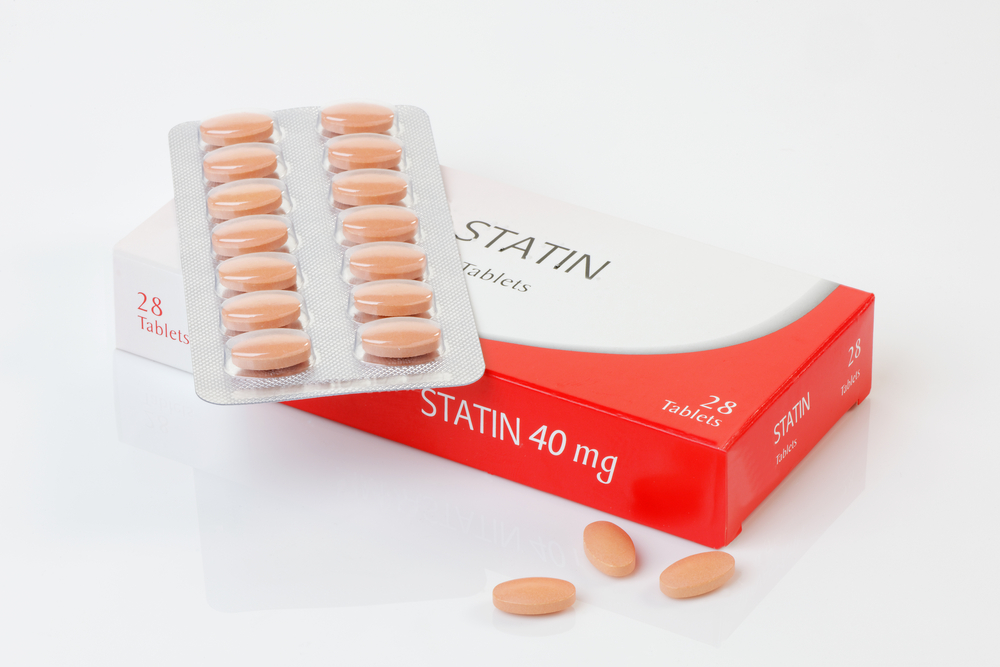Simvastatin Induces Muscle Atrophy Genes Independently of Mitochondria Alterations

In a recent study entitled “Statin-Induced Increases in Atrophy Gene Expression Occur Independently of Changes in PGC1α Protein and Mitochondrial Content,” researchers studied how statin drugs, the most common prescribed treatment for coronary diseases, impact on skeletal muscle fibers. The team found a significant increase in muscle atrophy genes expression upon simvastatin treatment, but contrary to other previous reports, these changes were not associated with mitochondria dysfunction. The study was published in the open-access journal PLOS One.
Statins are administered to diminish the risk of coronary heart disease and stroke by reducing the levels of cholesterol in the blood, and are currently the most prescribed drugs to this effect in the world. However, although statins are well tolerated, it is increasingly recognized that one of the most common adverse effects of statins is skeletal muscle myopathies — clinical disorders characterized by muscle weakness. Thus, due to its generalized use in a significant fraction of the worlds’ population, it is expected that statins users may eventually suffer from statin-induced myopathy.
Recently, alterations to mitochondria content and functions (mitochondria are known as the powerhouses of the cell, since they are the key organelle inside a cell responsible for generating the energy a cell needs to function) have been suggested to play a role in the effects of stations in skeletal muscle.
In this study, authors investigated how statins impact on the expression of muscle atrophy genes, together with both regulators and markers for mitochondrial biogenesis and mitochondrial content, respectively. The team performed their studies in slow- and fast-twitch rat skeletal muscles (the authors performed this difference in their experimental setup because previous studies in rodents reported that fast-twitch muscles are more susceptible to statin-induced muscle damage when compared to slow-twitch muscles). As a model of statin drugs they used simvastatin, which was administered to rats via oral gavage for 14 days, and the results compared to rats without drug treatment as controls.
They found that simvastatin induced the expression of muscle atrophy genes in both fast- and slow-twitch muscles. These changes, however, were independent of any alterations to mitochondria content or markers. Notably, the authors found fast-twitch muscle suffered specific changes, highlighted by an increase in AMPK, eNOS and nNOS protein expression. The authors’ hypothesize that these changes may explain the previous findings reporting statin-induced damage to fast-twitch muscles/fibers.






